Dogs’ tongues are more than just slobbery tools for giving kisses—they’re multifunctional wonders! From cooling down to showing affection and even aiding digestion, a dog’s tongue is essential to their everyday life. Here are ten fun facts that show just how amazing (and essential) these furry tongues really are!
1. Dogs Use Their Tongues to Cool Down
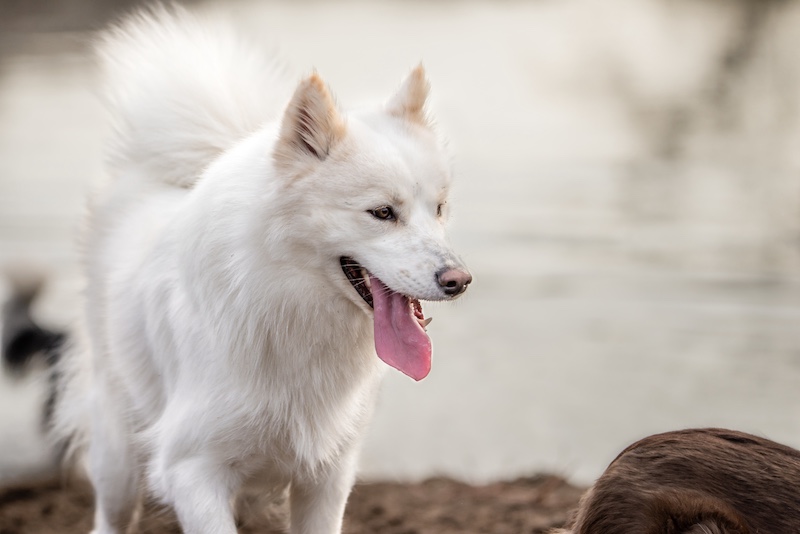
Dogs can’t sweat like humans, so their tongues play a vital role in temperature regulation. When a dog pants, moisture evaporates from their tongue, cooling down the blood flow and helping them regulate body heat.
2. Dogs Lick to Show Affection

Dogs use licking as a way of showing affection and submission. In packs, puppies lick the faces of adult dogs to encourage them to regurgitate food, and this instinctual behavior can continue as a sign of respect or love. When your dog licks you, it’s often their way of saying, “I like you.”
3. Some Dogs Have Blue-Black Tongues
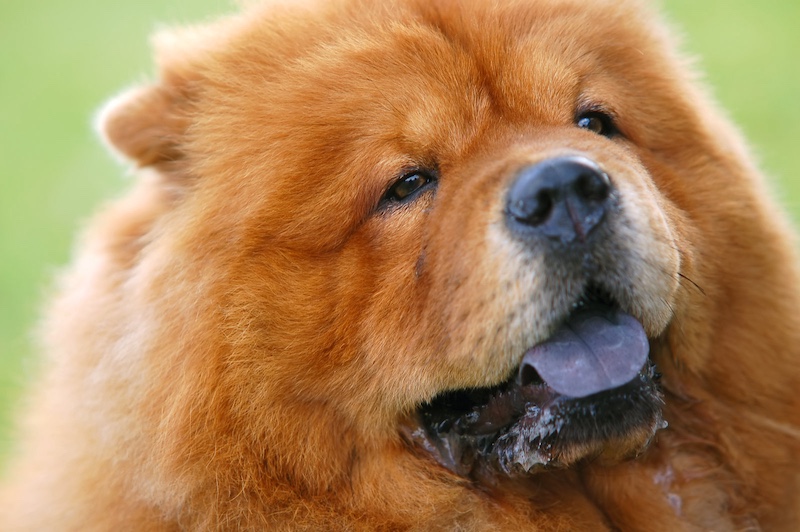
Most dogs have pink tongues, but certain breeds like the Chow Chow and Shar Pei are known for their distinctive blue-black tongues, which make them instantly recognizable. This unique trait adds to their charm, sets them apart from other breeds, and is often a point of pride among owners of these striking dogs.
4. Dogs’ Tongues Help Them Taste Differently Than Humans

While humans have around 9,000 taste buds, dogs only have about 1,700. They can still taste sweet, sour, salty, and bitter flavors but are more interested in smells, which influence their taste preferences more than their tongues do.
5. Dogs Use Their Tongues to Groom Themselves

Although not as meticulous as cats, dogs use their tongues to clean themselves and their wounds. Licking helps keep their coats clean and can speed up wound healing due to enzymes in their saliva that have minor antibacterial properties.
6. A Dog’s Tongue is a Tool for Drinking
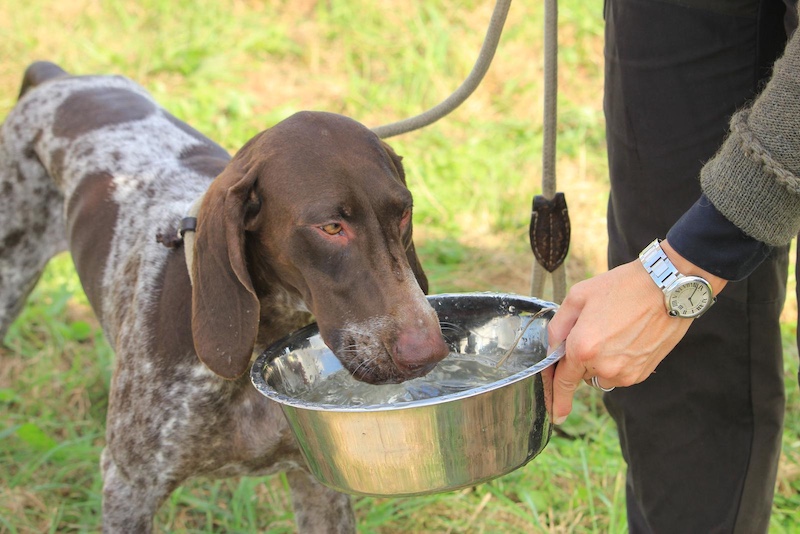
Dogs don’t lap up water by scooping it; instead, they curl the back of their tongues to form a small “cup” that lifts water into their mouths, creating a mini water splash with each lap. This unique motion allows them to drink quickly and efficiently, making it possible to hydrate without slowing down too much—even in the middle of an energetic play session.
7. Dogs’ Tongues Are Extremely Sensitive
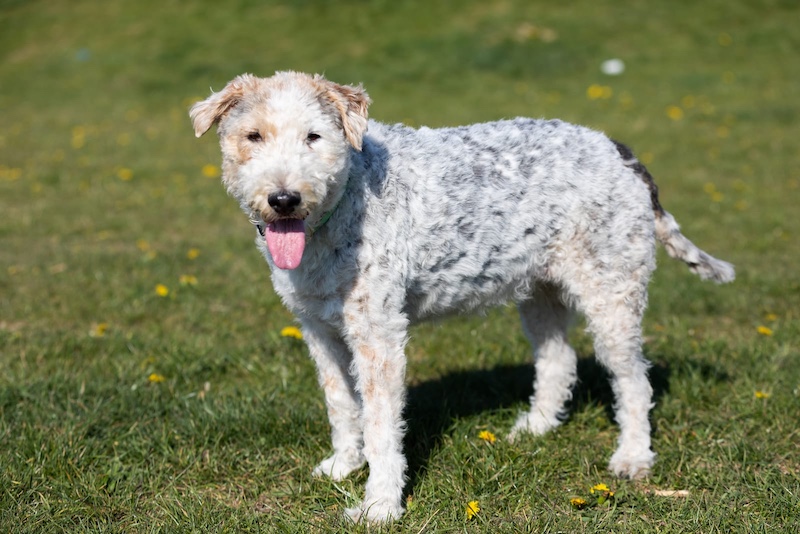
A dog’s tongue is sensitive to temperature and texture, helping them sense when something is too hot or too cold, so they can avoid potential burns or discomfort. This sensitivity helps dogs eat safely and allows them to enjoy a variety of food textures, from crunchy kibble to softer treats, enriching their eating experience and satisfying their natural instincts.
8. Some Dogs Use Their Tongues as a Social Signal
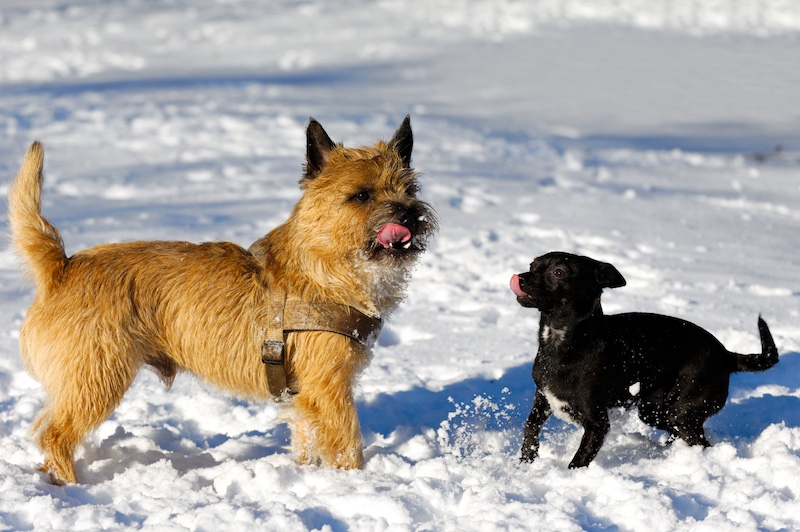
In a pack, submissive dogs may lick more dominant ones as a sign of respect, a behavior that reinforces social bonds and establishes a clear hierarchy. Similarly, when your dog licks you, they might be expressing social acknowledgment and submission, just as they would with other dogs, showing you’re part of their trusted inner circle and, in their eyes, a leader worth honoring.
9. Dogs’ Tongues Can Help Heal Wounds

While it’s not always ideal for a dog to lick a wound due to the risk of infection, their saliva does contain proteins that can help kill certain bacteria, acting as a natural (though imperfect) antibacterial agent. This instinct to lick wounds may help with minor cuts and injuries, as dogs rely on it as a form of self-care that has evolved over thousands of years.
10. A Dog’s Tongue Can Indicate Health Issues

A healthy dog’s tongue is usually pink, but changes in color can signal health problems. A pale tongue may indicate anemia, while a blue or purple tint could signal oxygen deprivation. Noticing changes in tongue color can help you catch potential health issues early. Please Note: This content was created with the assistance of AI and thoroughly edited by a human before publishing.

